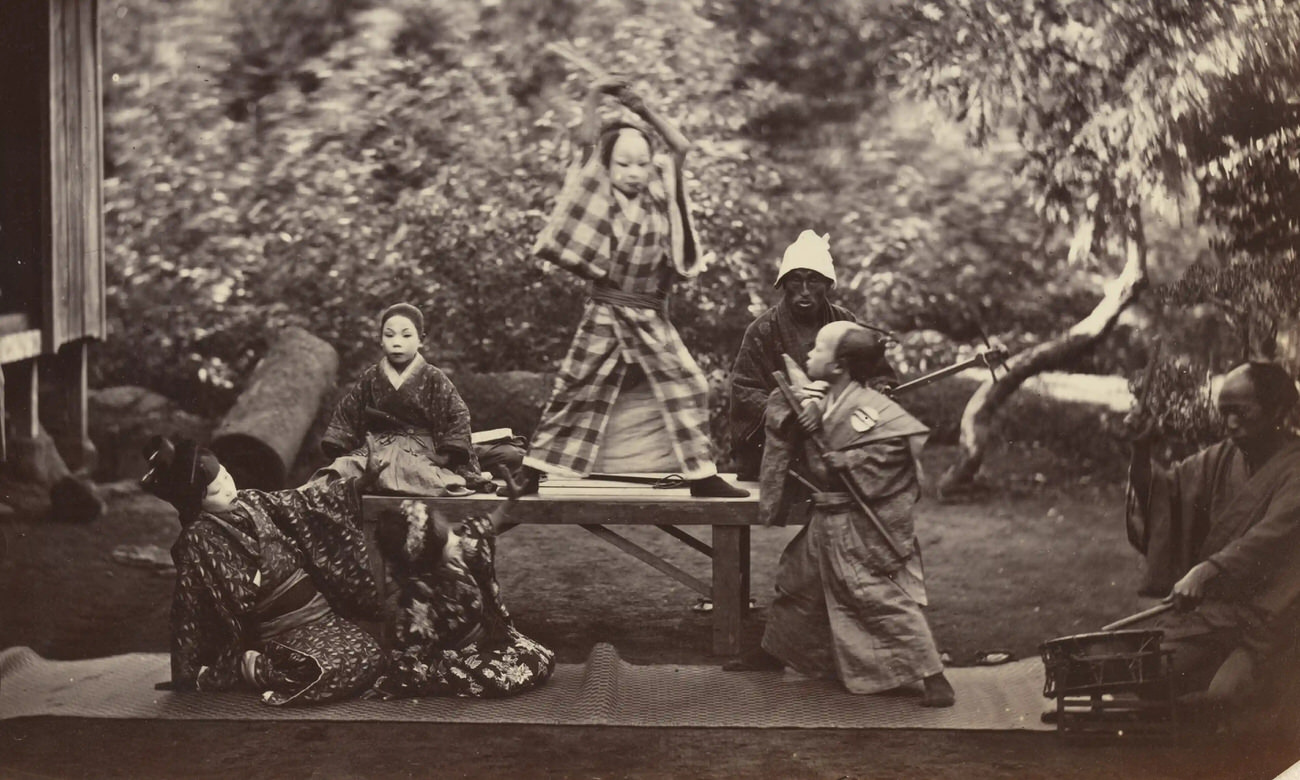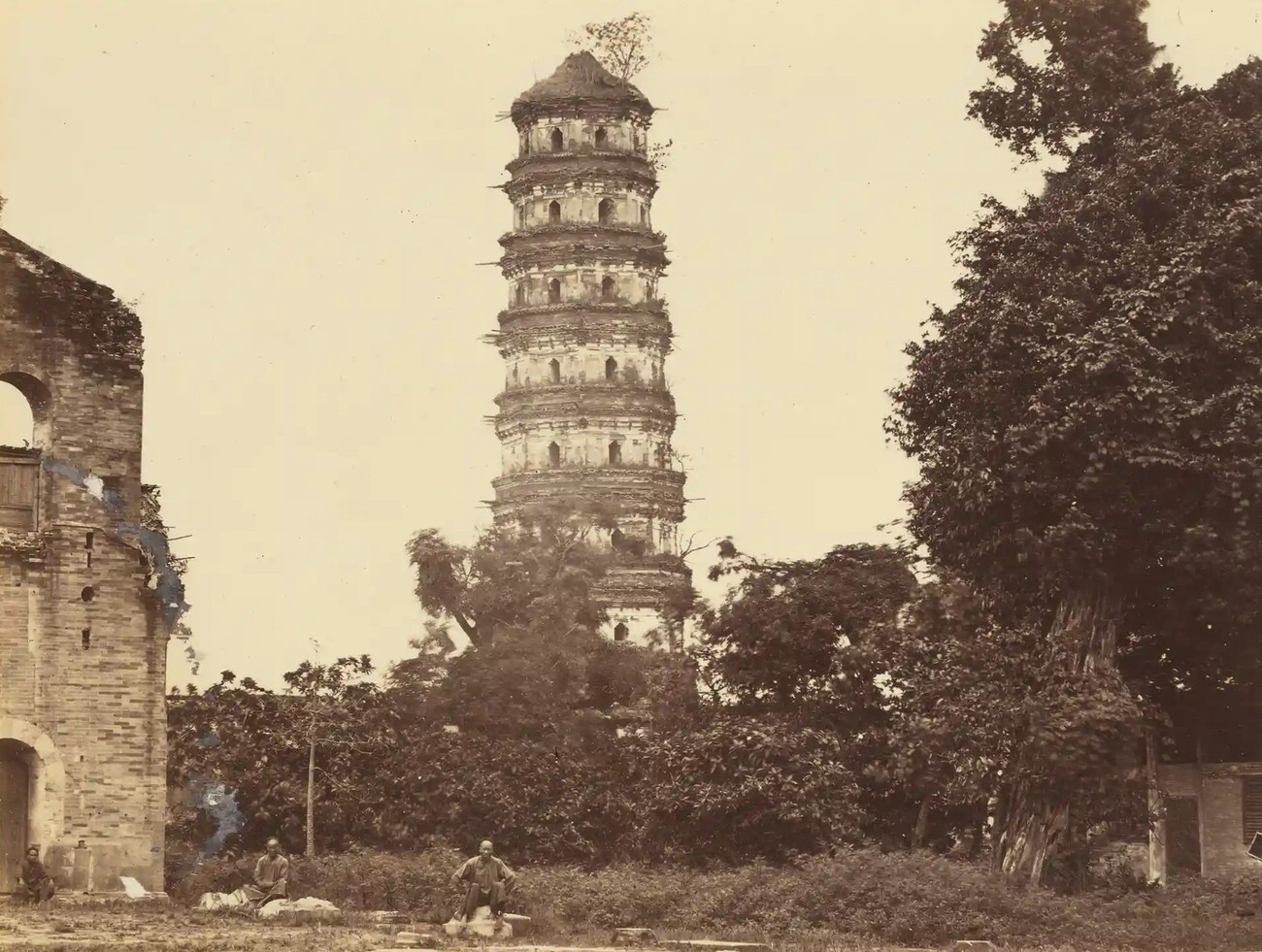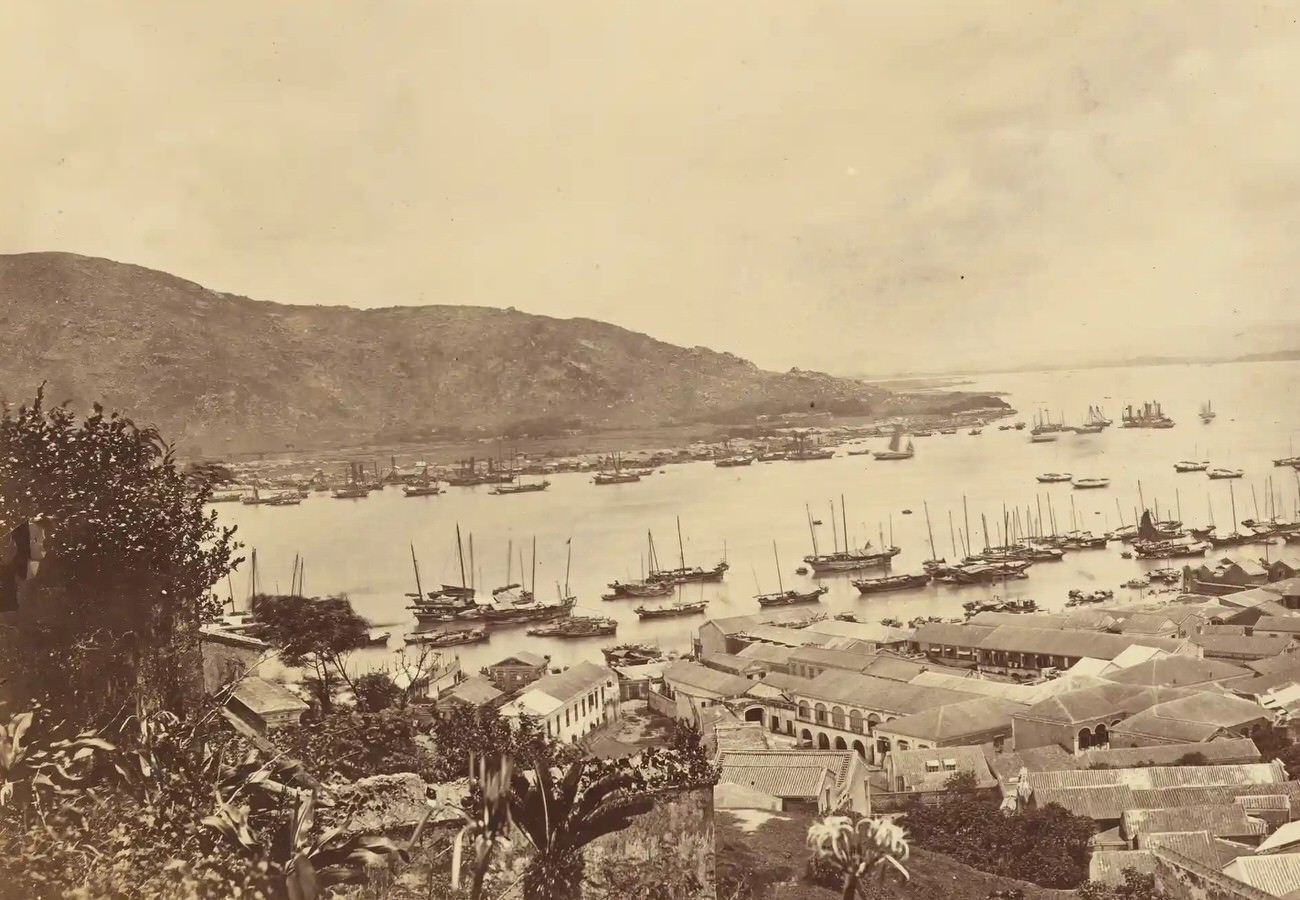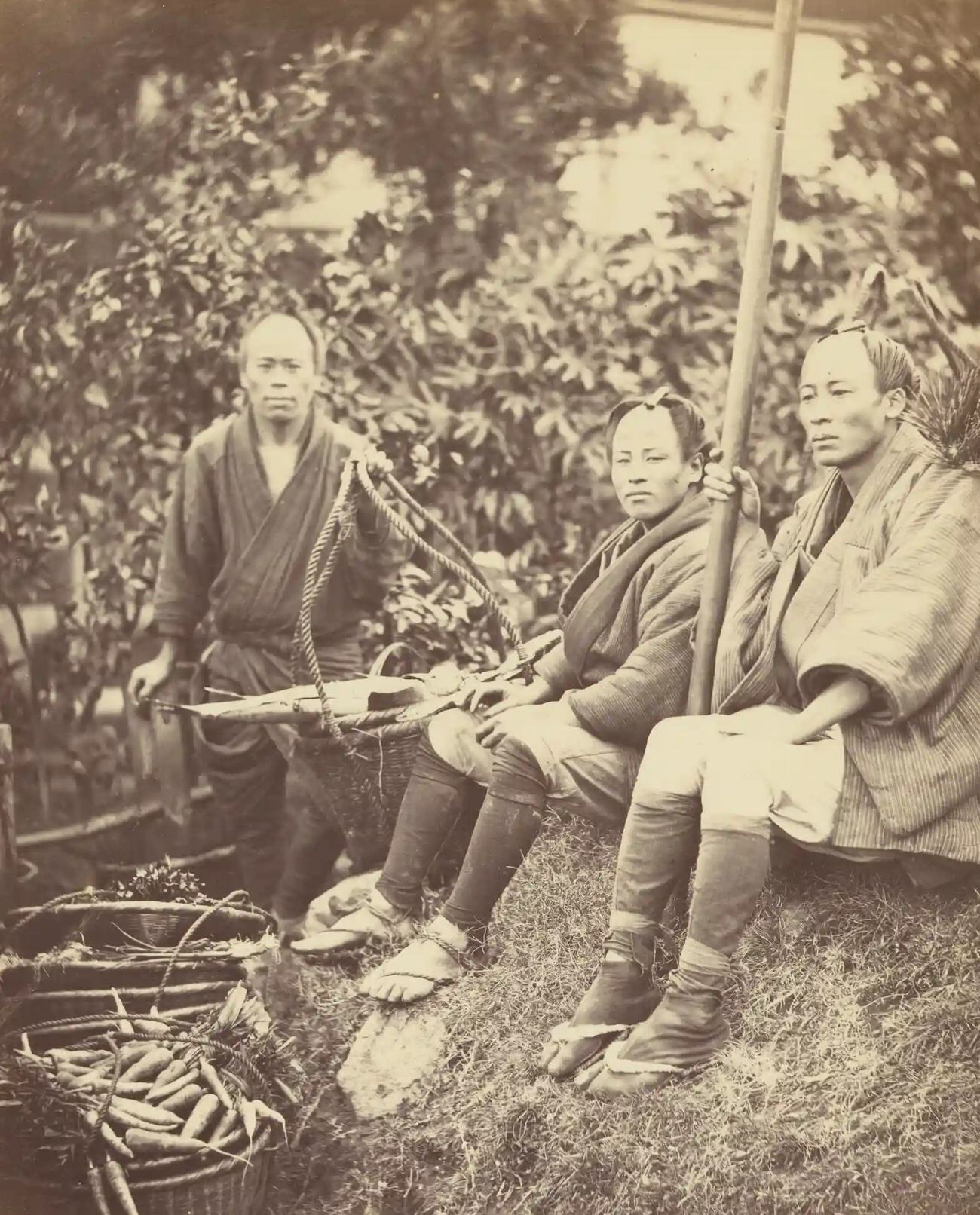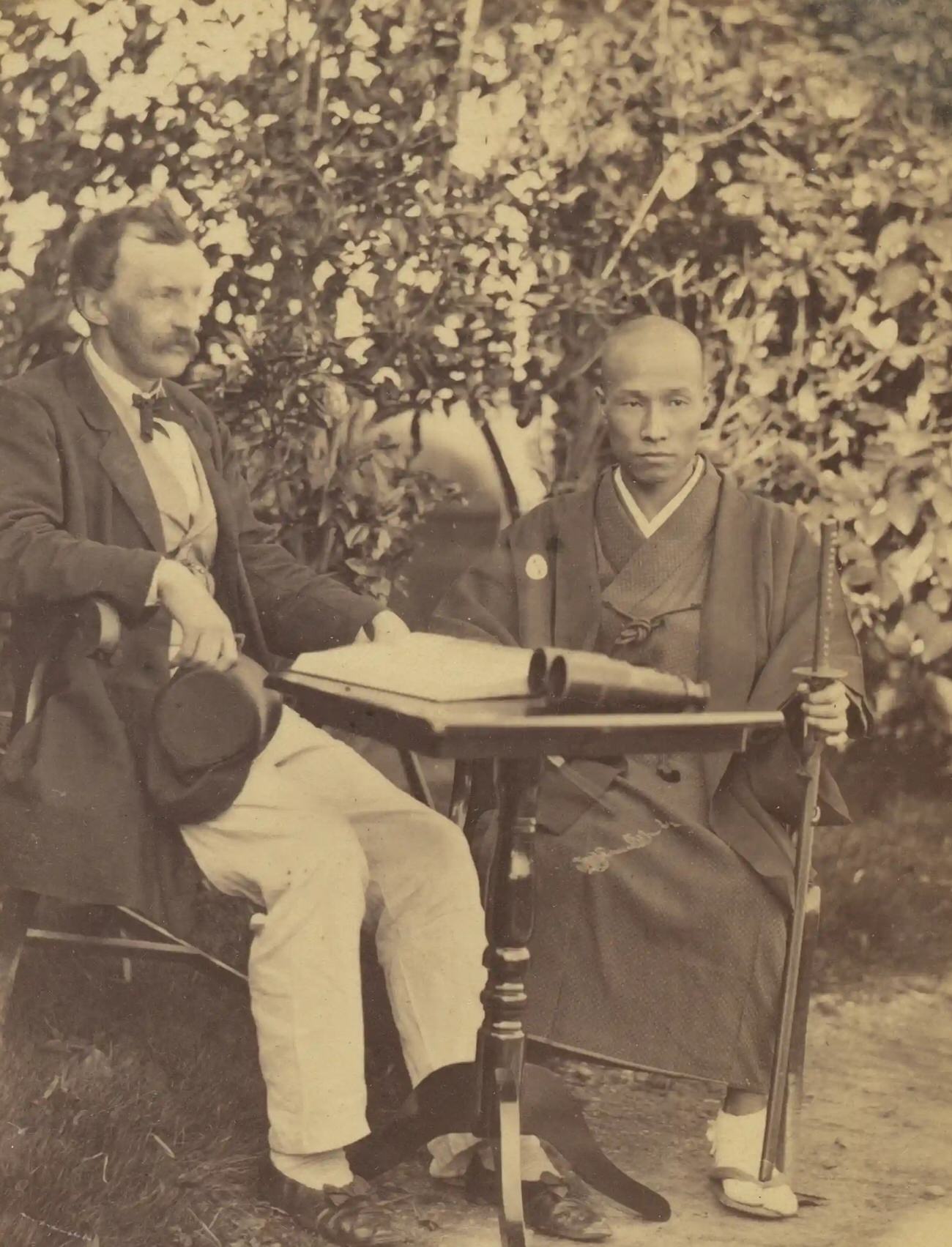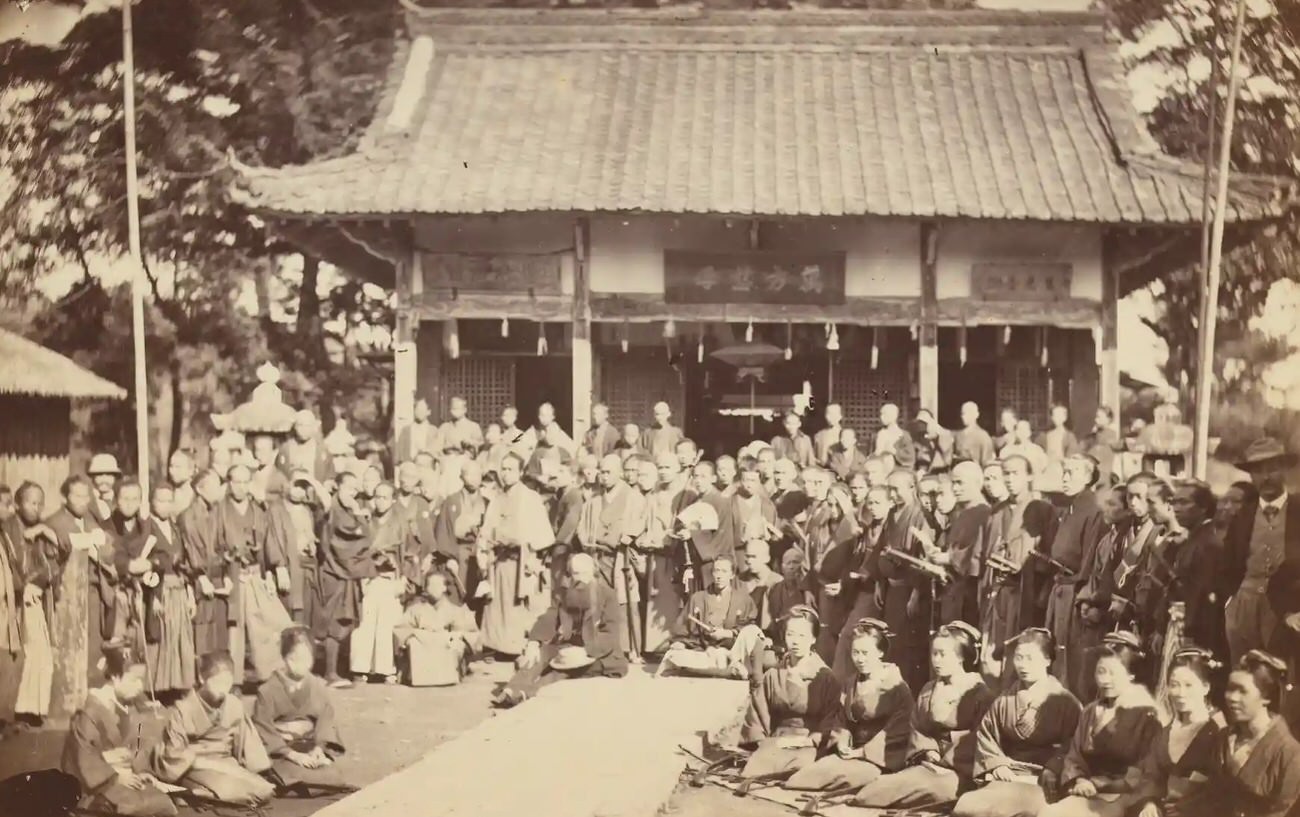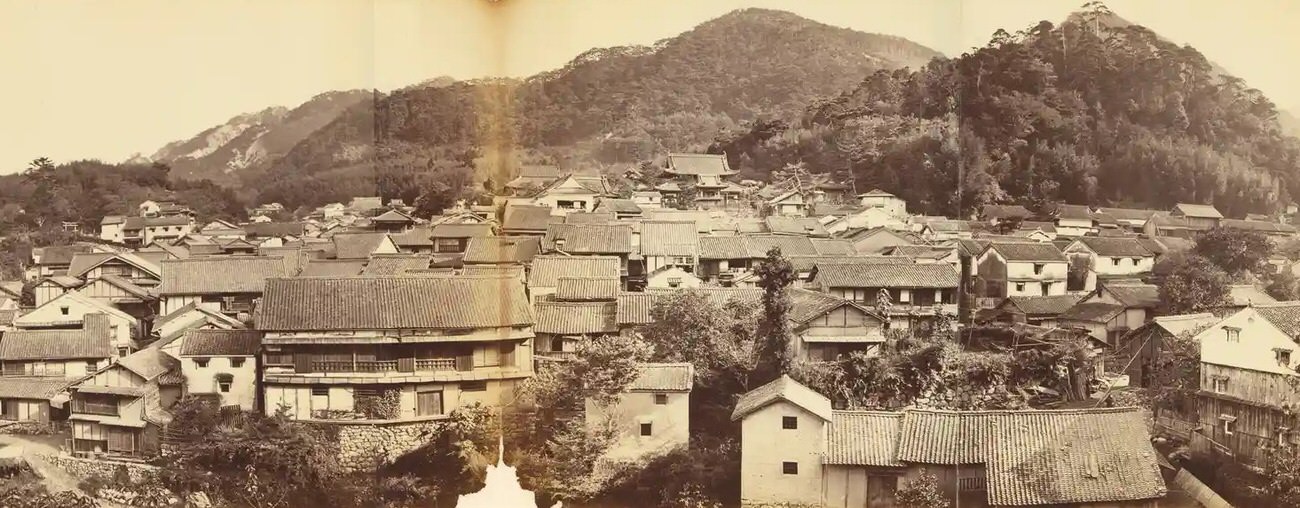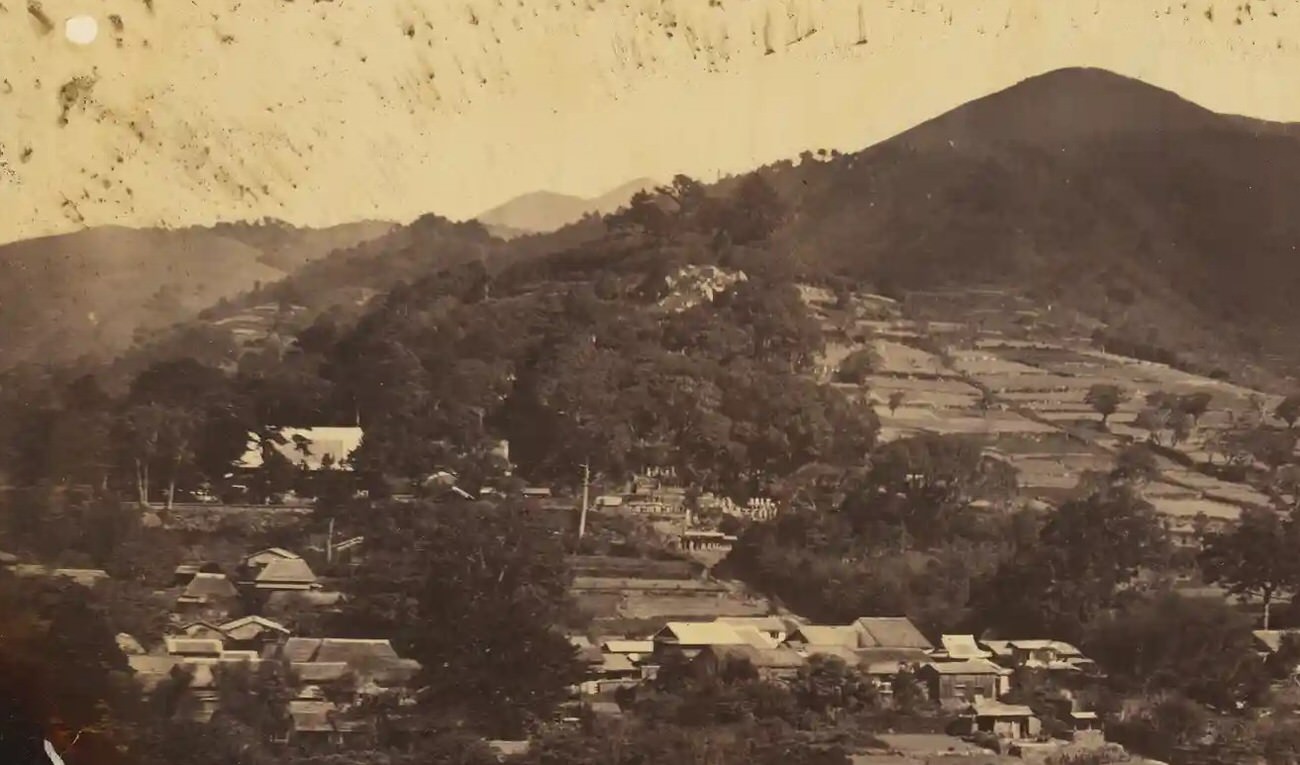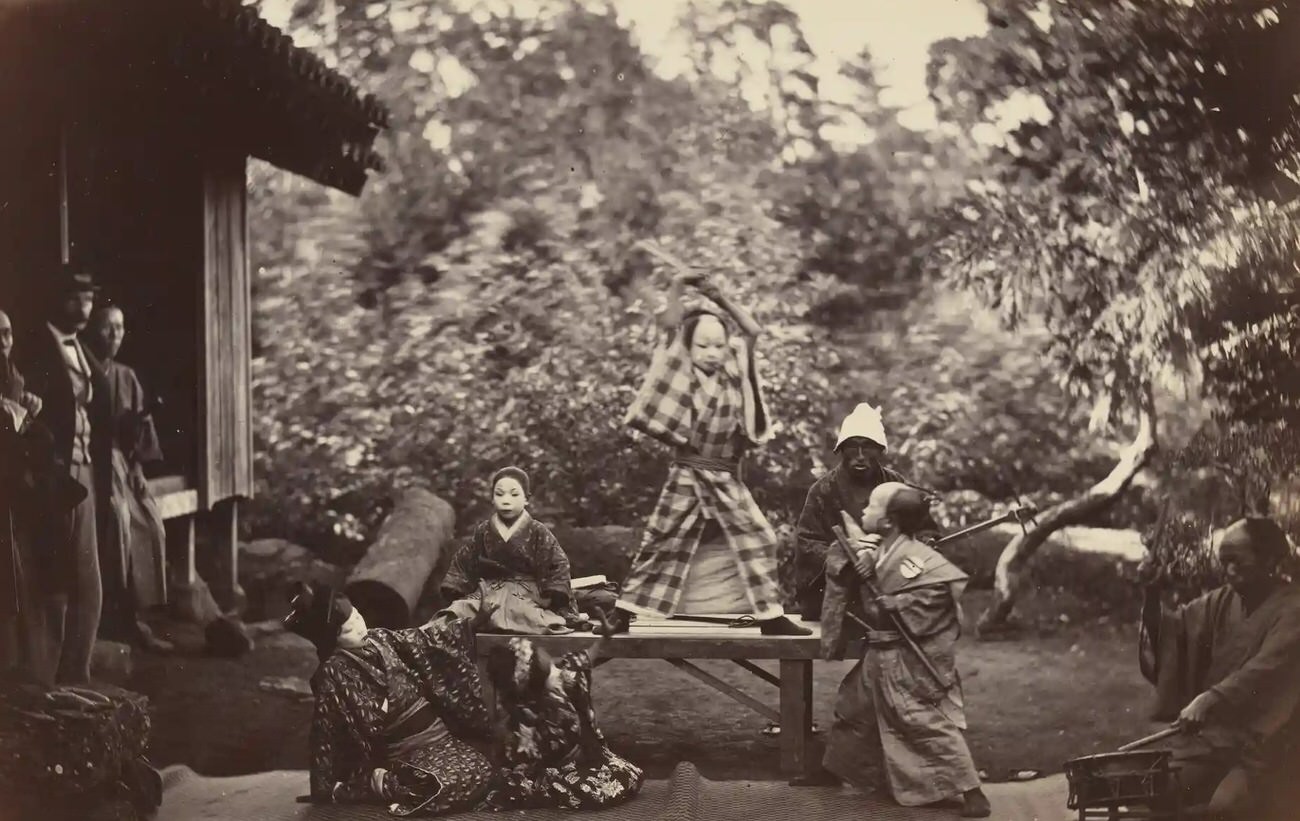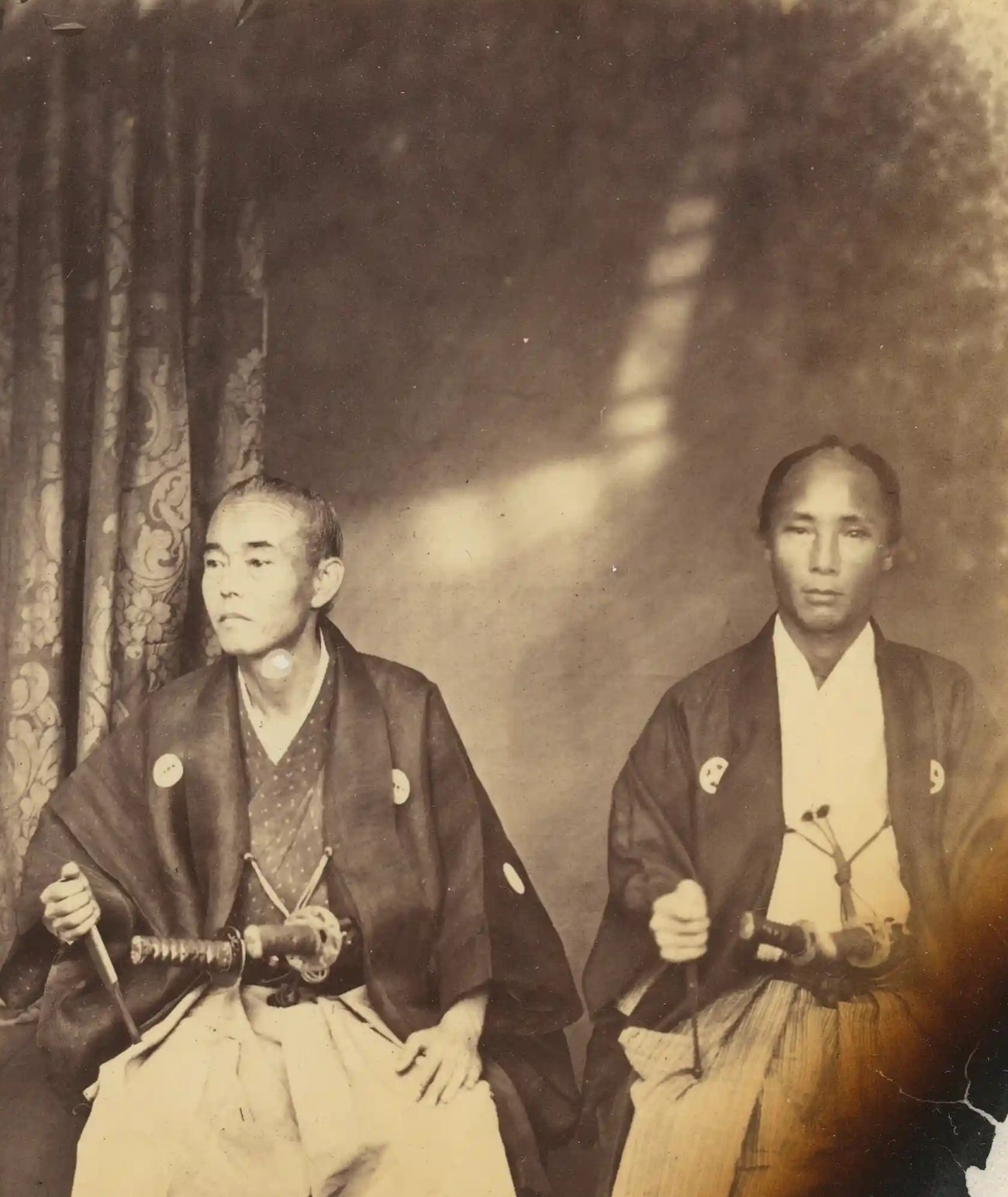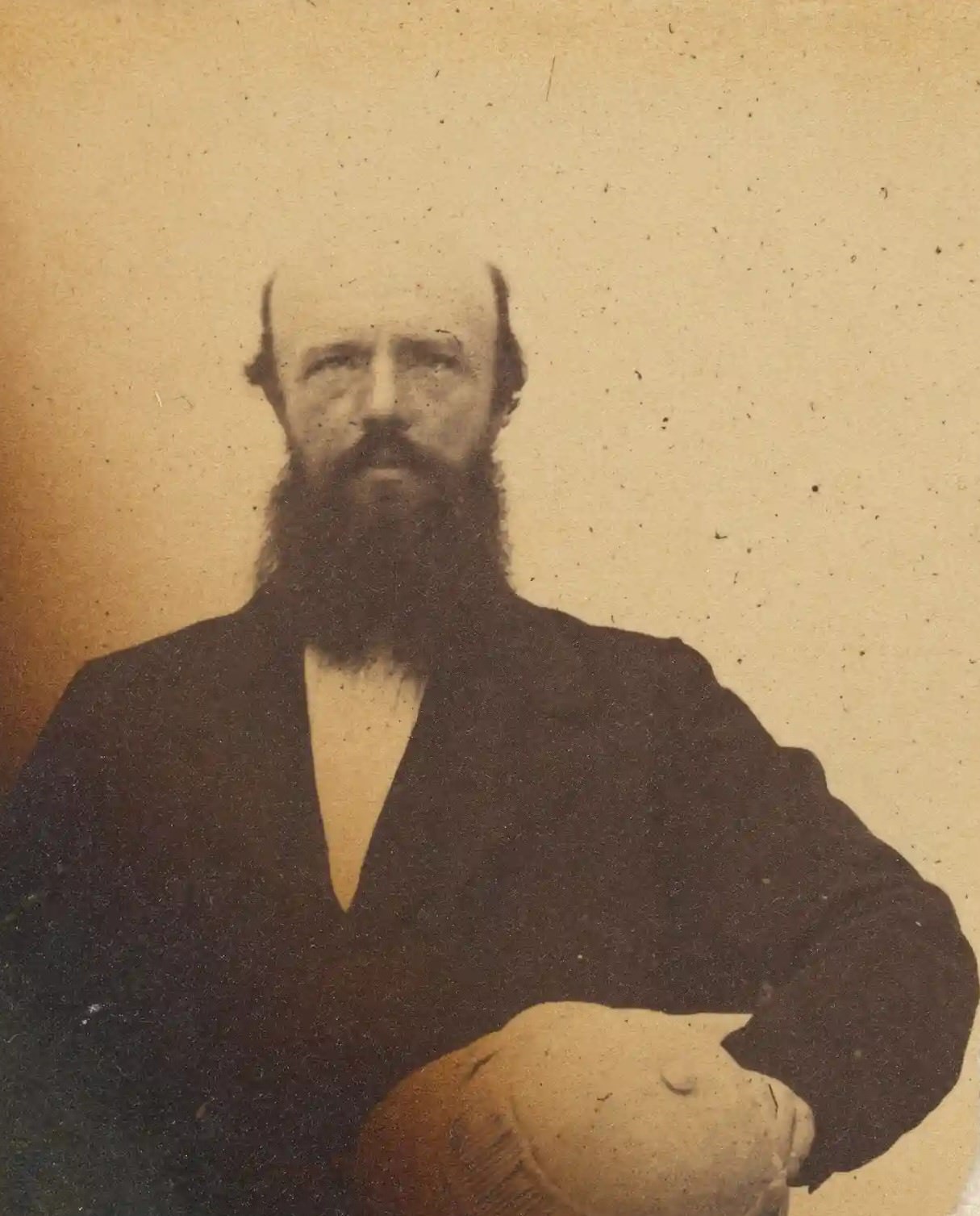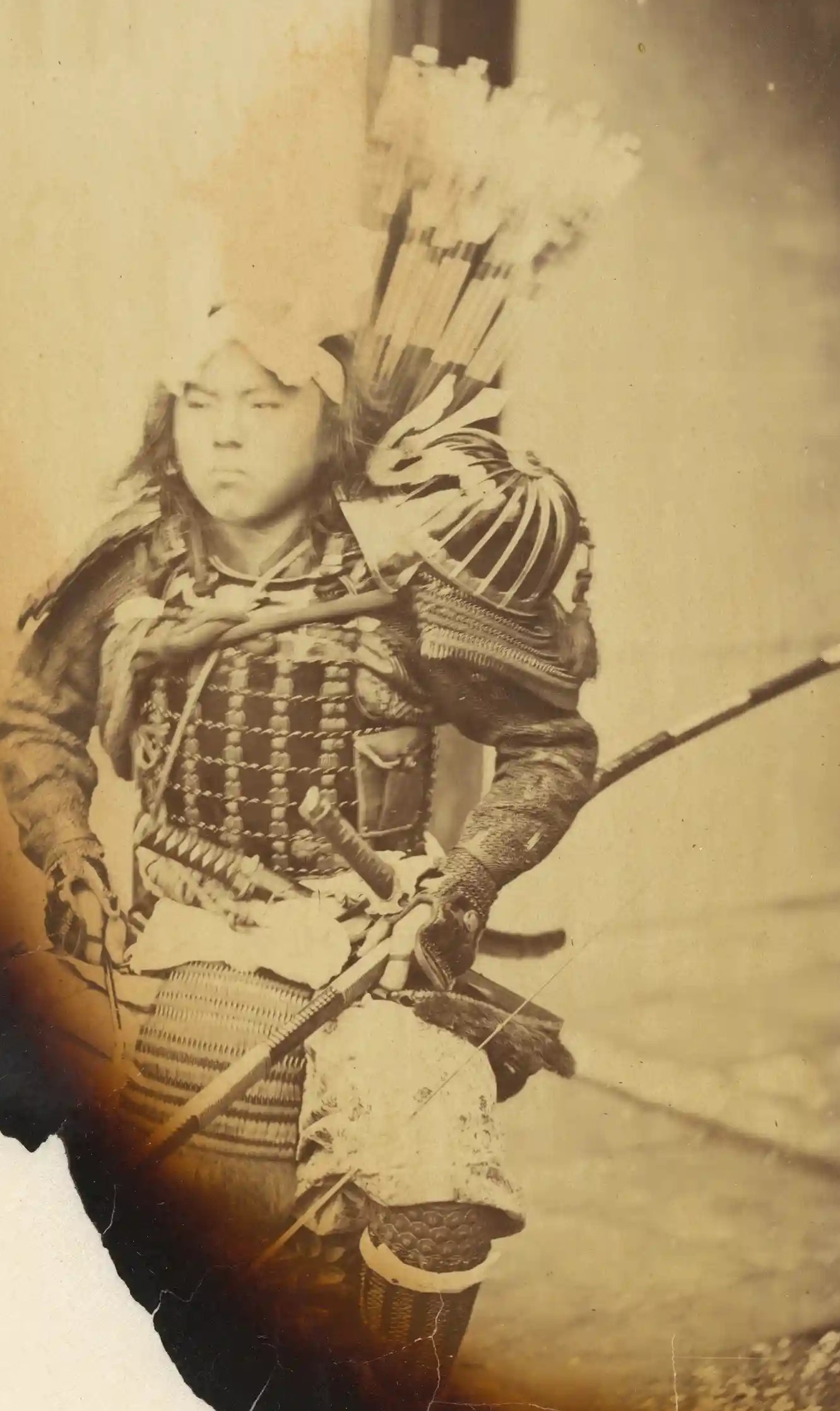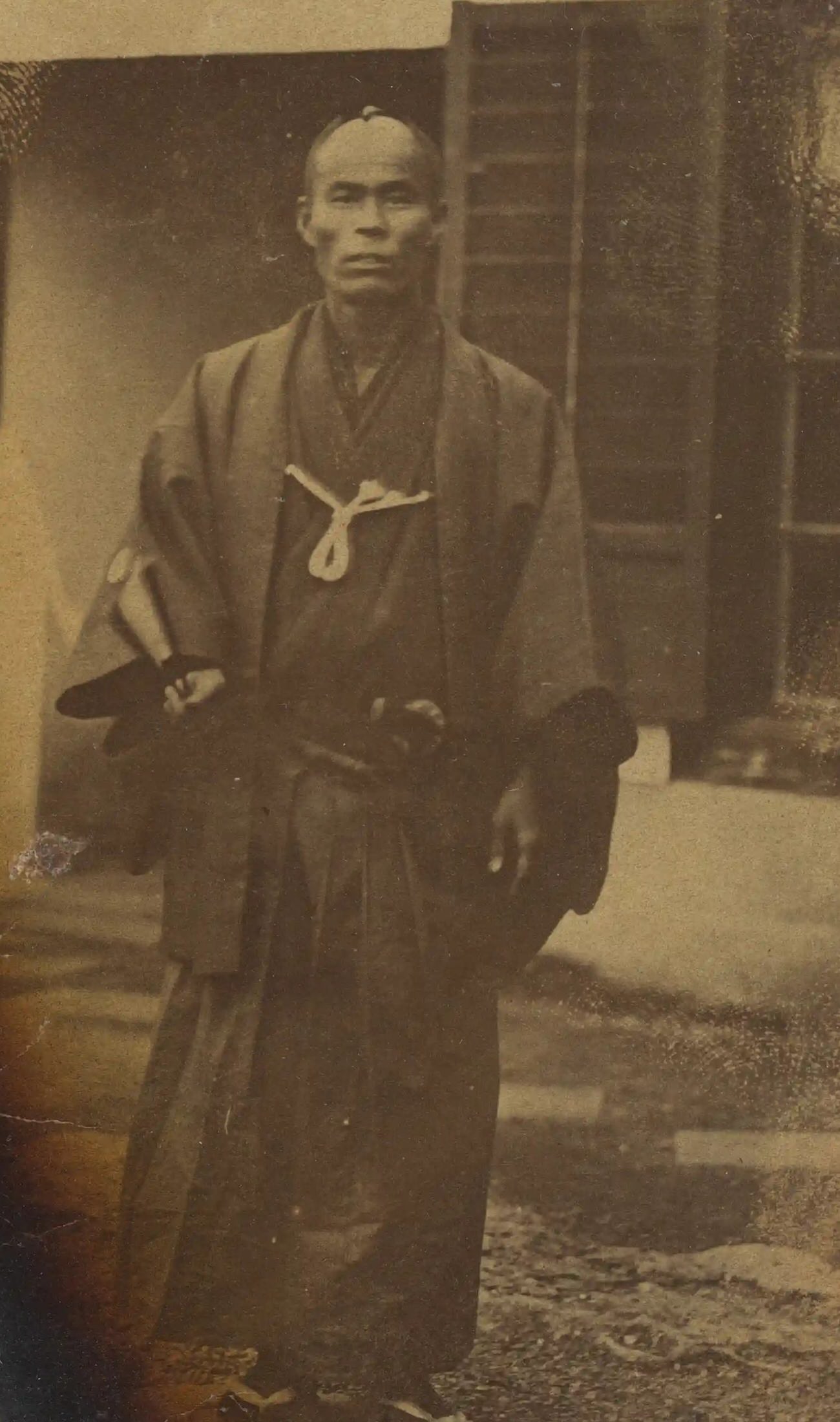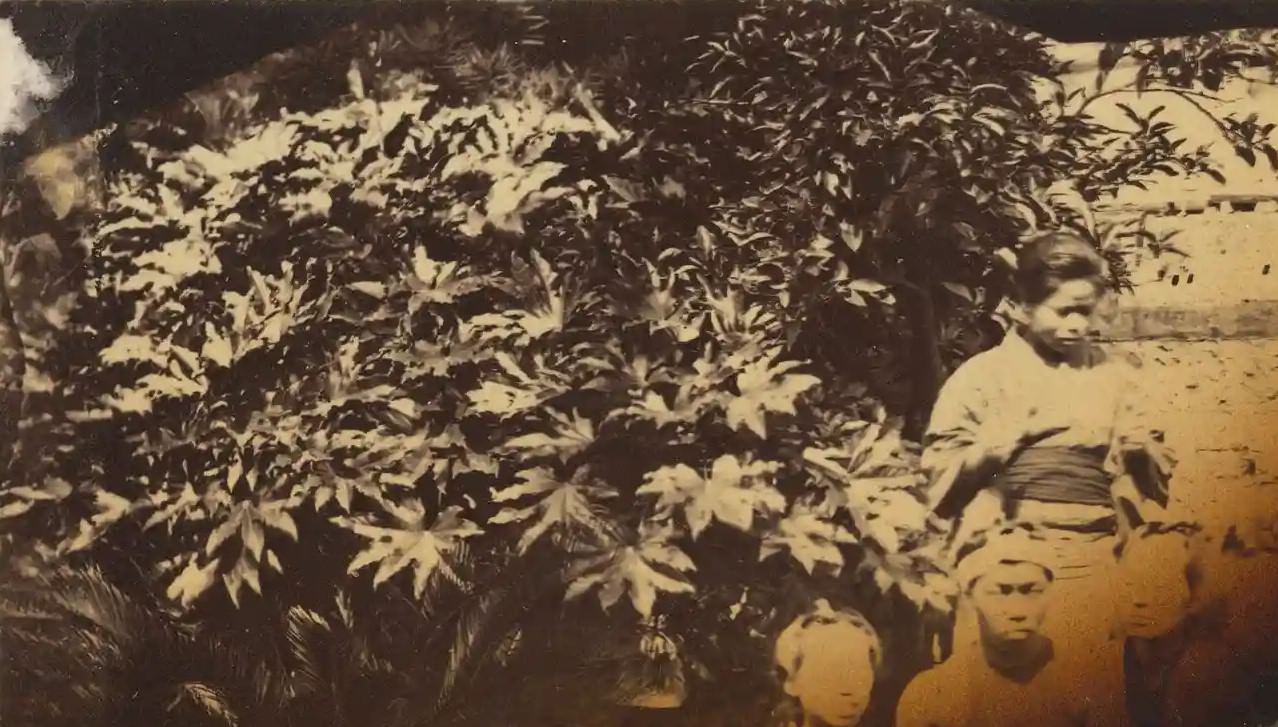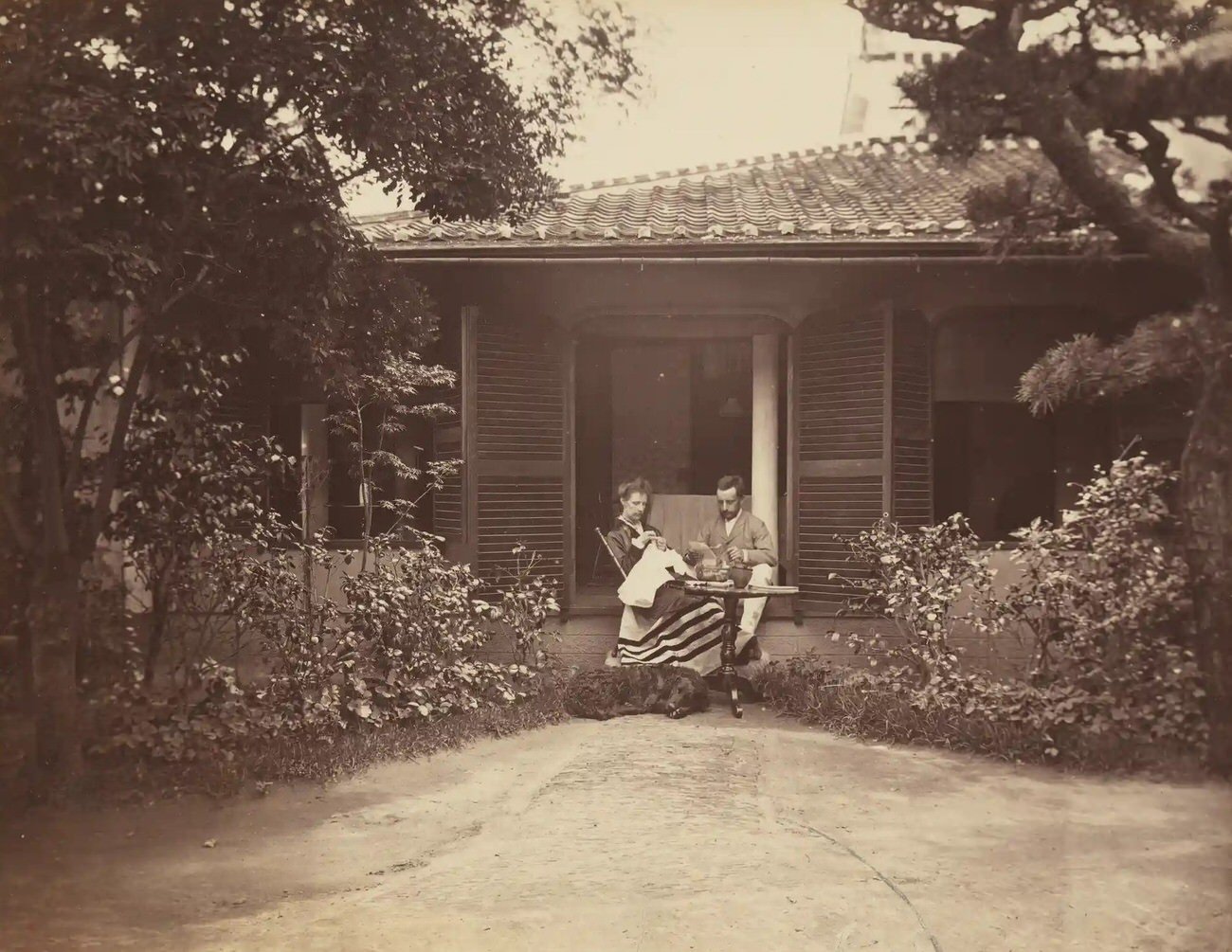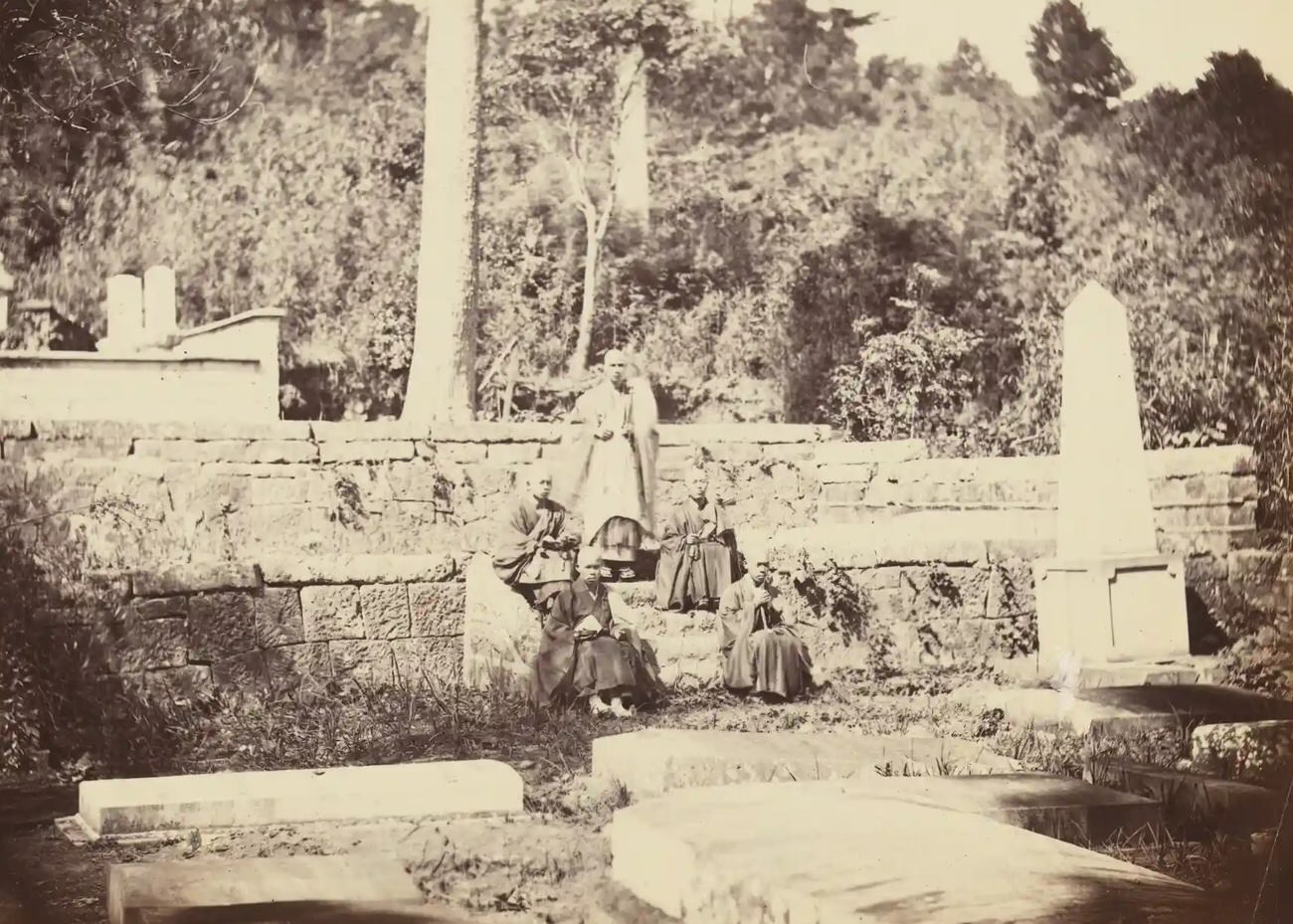In the mid-1800s, Japan was a land of mystery to most Westerners. It had been closed off to the outside world for centuries, and few foreigners had ventured inside its borders. But in 1862, a Dutch physician named Antoon Bauduin found himself in the bustling port city of Nagasaki, ready to embark on an extraordinary adventure.
Bauduin hadn’t come to Japan as a tourist or explorer. He had been hired by the Japanese government to run a hospital and teach medicine. But he was also a keen observer of the world around him, and he carried with him an invention that would capture his unique perspective: the camera.
Through the Lens of a Dutch Doctor
Bauduin’s photographs offer a rare glimpse into the lives of ordinary Japanese people in the 1860s. We see portraits of fellow doctors and students, their faces etched with determination and curiosity. We see friends and acquaintances gathered for tea ceremonies, their gestures elegant and refined. We see samurai warriors in full armor, their swords gleaming in the sunlight. And we see everyday scenes of Nagasaki, from bustling markets to tranquil temples.
These photographs are windows into a world that was on the cusp of change. Japan was about to embark on a period of rapid modernization, and Bauduin’s images capture the last vestiges of traditional life.
Bauduin clearly developed a close rapport with his subjects, and his portraits are filled with warmth and empathy. We see smiles, laughter, and moments of quiet contemplation. It’s clear that Bauduin saw the people he photographed as individuals, not just exotic figures.


